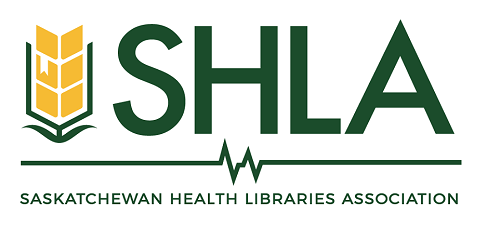The Saskatchewan Health Libraries Association is an affiliated chapter of the Canadian Health Libraries Association / Association des bibliothèques de la santé du Canada (CHLA/ABSC). Our members are dedicated professionals who offer health information services across a range of settings, including post-secondary education and direct patient care. We invite anyone with an interest in our field to join us.
SHLA acknowledges Saskatchewan as Treaty territory and homeland of the Métis

